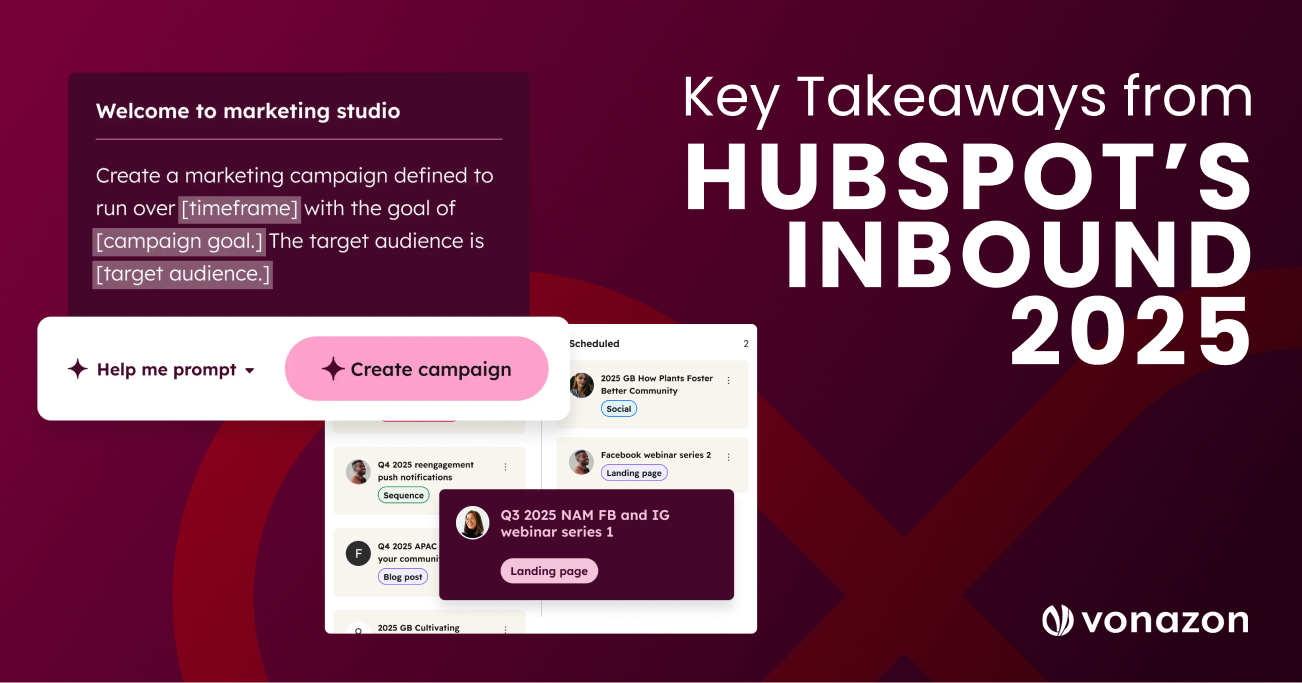AEO vs SEO: What’s Changing and How to Keep Up
The days are SEO ruling brand discovery online are over. Two acronyms are now central to how brands get found and get recognized: Search Engine Optimization (SEO) and Answer Engine Optimization (AEO). And yes, we’ll use both “aeo vs seo” and “seo vs aeo” because how you phrase it reflects how you’re thinking about the shift.
Let’s walk through how these differ, overlap, and why you’ll want to bake both into your content strategy.
Definitions & Core Goals
SEO
Search Engine Optimization: Traditional SEO is the practice of optimizing your website and content so it ranks higher in organic search engine results (think Google Search, Bing). The main metrics revolve around getting more clicks, traffic, and conversions. SEO tactics include keyword research, link-building, on-page optimization, site speed, and mobile-friendly design.
AEO
Answer Engine Optimization: AEO is emerging as a sibling (or evolution) of SEO. The objective is to get your content to be the answer that an AI, voice assistant, or search engine directly delivers. It’s about appearing in featured snippets, voice-search results, answer boxes, or AI summaries. For example: when a voice assistant says “Here’s the answer” without you clicking through links. That’s AEO territory.
A recent survey actually revealed a startling stat, concluding that up to 60% of searches may now end without a click through to a website because users get their answer right on the result page.
AEO vs SEO: Key Differences
| Dimension | SEO | AEO |
|---|---|---|
| Primary focus | Ranking high in the list of search results; getting traffic to your site. | Being the direct answer source for a user query, often without needing that click. |
| User intent & behavior | Typical user types a query into search engine and clicks on results. | User may ask a voice assistant or chat about something conversational; wants fast answer. |
| Content style | Often longer form, keyword-rich, optimized for ranking signals. | Snappy, answer-focused, structured for clarity, conversational language, schema markup. |
| Metrics & success signals | Organic traffic, keyword positions, backlinks, page authority. | Snippets captured, voice-search visibility, feature placements, answer citations. |
| Device/context implication | Desktop/mobile search engines where users click through. | Voice assistants, AI chatbots, “zero-click” search results. |

In conclusion, when you think “aeo vs seo”, it’s helpful to think of SEO as the broad base, and AEO as the targeted spike toward immediate answers.
Why AEO Is Gaining Ground (And Why That Doesn’t Kill SEO)
Several forces are driving AEO’s rise:
- Voice searches and natural language queries are growing. Query styles are shifting to be more conversational and question-based.
- Search engines and AI platforms (like those from Google, OpenAI) are synthesizing answers rather than just listing links.
- The “zero-click” phenomenon: users getting the information they need without clicking any result. This is real and measurable.
But the important part to remember is that AEO isn’t a replacement for SEO. Traditional SEO remains vital for broader keywords, deeper content, authority, and site traffic. Many experts emphasize combining both and consider “SEO vs AEO” not as a competition but as a fusion.
Practical Strategies on How to Do Both
For Strong SEO:
- Conduct keyword research to understand what terms your audience types into search engines.
- Optimize on-page elements such as title tags, meta descriptions, headers, and internal linking.
- Build quality backlinks with high value content, because authority still matters.
- Ensure technical health by checking site speed, mobile friendliness, and crawlability.
- Create long-form, in-depth content that provides definitive answers to what your audience is researching.
For AEO-Ready Content:
- Identify question-based queries such as “What is…?”, “How do I…?”, “Why does…?”, etc.
- Write brief, direct answers early in your content that aim for clarity.
- Use structured data/schema markup that helps AI and search engines parse your content.
- Format content to be scannable with bullet lists, tables, Q&A sections, and headings.
- Optimize for voice/search assistants with conversational tone, natural language.
- Track featured snippet opportunities that aim for “position zero” where your content is the answer.
Putting SEO and AEO Together For A Unified Approach
Start with a solid SEO foundation. Build authority through high-quality content, strategic keyword coverage, and a technically optimized site that search engines can easily understand. Once that groundwork is in place, layer in AEO tactics by identifying opportunities where your content can serve as the direct answer to a user’s question. This might mean reworking sections of existing pages into clear, structured responses that can surface in featured snippets or voice search.
Keep a close eye on both sets of metrics. Traditional SEO signals like traffic, keyword rankings, and backlinks, alongside AEO indicators such as snippet captures, voice result visibility, and answer citations. Finally, let your SEO content work double duty. The long-form articles you create for organic search can also fuel multiple concise answer blocks, giving you a stronger presence in both traditional search results and emerging answer-driven formats
Mistake
1
Treating AEO as a separate silo and ignoring your SEO foundation.
Solution: Recognize AEO sits on top of SEO fundamentals.
Mistake
2
Writing long content but never structuring to answer a direct question.
Solution: Lead with your concise answer, then expand. Use headings like “What is…?” and then deeper sections.
Mistake
3
Ignoring schema and structured data.
Solution: Add FAQ schema, question-answer markup, and review schema where applicable so answer engines can better parse you.
Mistake
4
Focusing only on clicks and ignoring the fact that you might not get them if the answer itself satisfies the user.
Solution: For AEO, capture the snippet or voice result even if traffic is lower. Aspects like brand visibility and trust still matter.
The Outlook: SEO vs AEO in 2025 and Beyond
Looking ahead, the search landscape is changing fast. The traditional “type a query, click a result” model is giving way to a new paradigm of “ask a question, get an answer.” As voice assistants, chat interfaces, and AI-driven search tools continue to mature, Answer Engine Optimization will only grow in importance.
That doesn’t mean SEO is going anywhere. It’s evolving. Keywords, backlinks, and technical optimization remain the foundation of visibility and credibility online. The real winners will be the brands that successfully merge both approaches by building strong domain authority while crafting answer-focused content that anticipates user intent.
Metrics will evolve alongside these strategies. Beyond traffic and rankings, success will increasingly depend on measuring featured snippet captures, voice result appearances, and zero-click visibility. For your future strategy, think in two directions: how to be the answer when someone asks a voice assistant or uses AI search, and how to capture and convert when someone still clicks through to your site. Both paths matter, and mastering them together is what will define digital growth in the years ahead.
AEO vs SEO Summary
SEO and AEO serve different purposes, but together they create a complete visibility strategy. SEO builds broader reach, driving traffic and conversions through traditional search results, while AEO focuses on delivering direct answers through voice assistants, featured snippets, and AI-driven search experiences. The smartest strategies find balance, using SEO to establish authority and AEO to ensure your content shows up when users ask specific questions.
Content optimized for AEO tends to be simpler, clearer, and structured around natural, question-based language. SEO, on the other hand, still thrives on depth, expertise, and credibility. Both require precision, consistency, and a clear understanding of how people search, and increasingly, how they speak their queries. When tracking performance, measure both sides of the equation: traffic and rankings from SEO, and answer placements or voice search visibility from AEO.
The shift toward an “answer-first” internet is already happening. With the rise of zero-click results, relying solely on traditional SEO leaves brands vulnerable to disappearing from key moments of discovery.
That’s where Vonazon can help.
As a HubSpot Elite Solutions Partner, we’ve built growth strategies that combine search visibility with AI-driven optimization, ensuring your brand is discovered and trusted across every digital channel.





